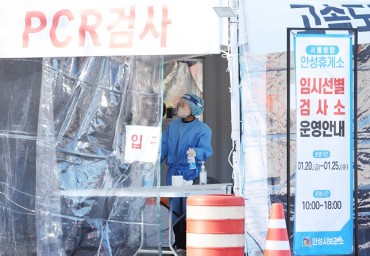
A street in Seoul’s central Jongno district is crowded with people on Nov. 16, 2020, amid concerns about the spread of the new coronavirus. (Yonhap)
SEOUL, Nov. 17 (Korea Bizwire) — South Korean health authorities are on alert over an increasing number of young and middle-aged people infected with the coronavirus, which they fear could spawn a fresh wave of outbreaks in coming weeks.
The proportion of those under 50 in all new cases increased 10.8 percentage points to 49.1 percent between Oct. 11 and Nov. 7, according to data from the Korea Disease Control and Prevention Agency (KDCA) released Monday.
During the past week, those in the age bracket accounted for 52.2 percent, compared with 47.8 percent for people aged 50 and over, the agency said.
Young adults infected with COVID-19 largely show mild or no symptoms, but some suffer from extreme pain and fatigue.
Young patients could be more dangerous spreaders because they are more likely to socialize and could unknowingly transmit the virus to other people who could fall seriously ill.
The generational shift came as small-scale cluster infections continued to occur in schools, offices, cafes and other youth settings.
The government tightened social distancing rules in the greater Seoul area Tuesday, as 230 new cases were confirmed during the past 24 hours across the country, raising the total caseload to 28,999.
Daily infections stayed over 200 for four days in a row and in the triple digits for the 10th consecutive day, the KDCA reported.
The increase in the number of patients under 50 was largely because more people in the age group got tested than before, according to the KDCA.
“The number of infected people among younger people may have been similar to that of those 60 or older. But the number of diagnoses among them was smaller because they were largely asymptomatic or suffered mildly and so had lower chances to visit medical institutions or get tested,” KDCA Director Jeong Eun-kyeong said.
“Recently, more people have been diagnosed through contact tracing and family infection surveys. There is a need to increase tests among young people,” she said.
(Yonhap)






